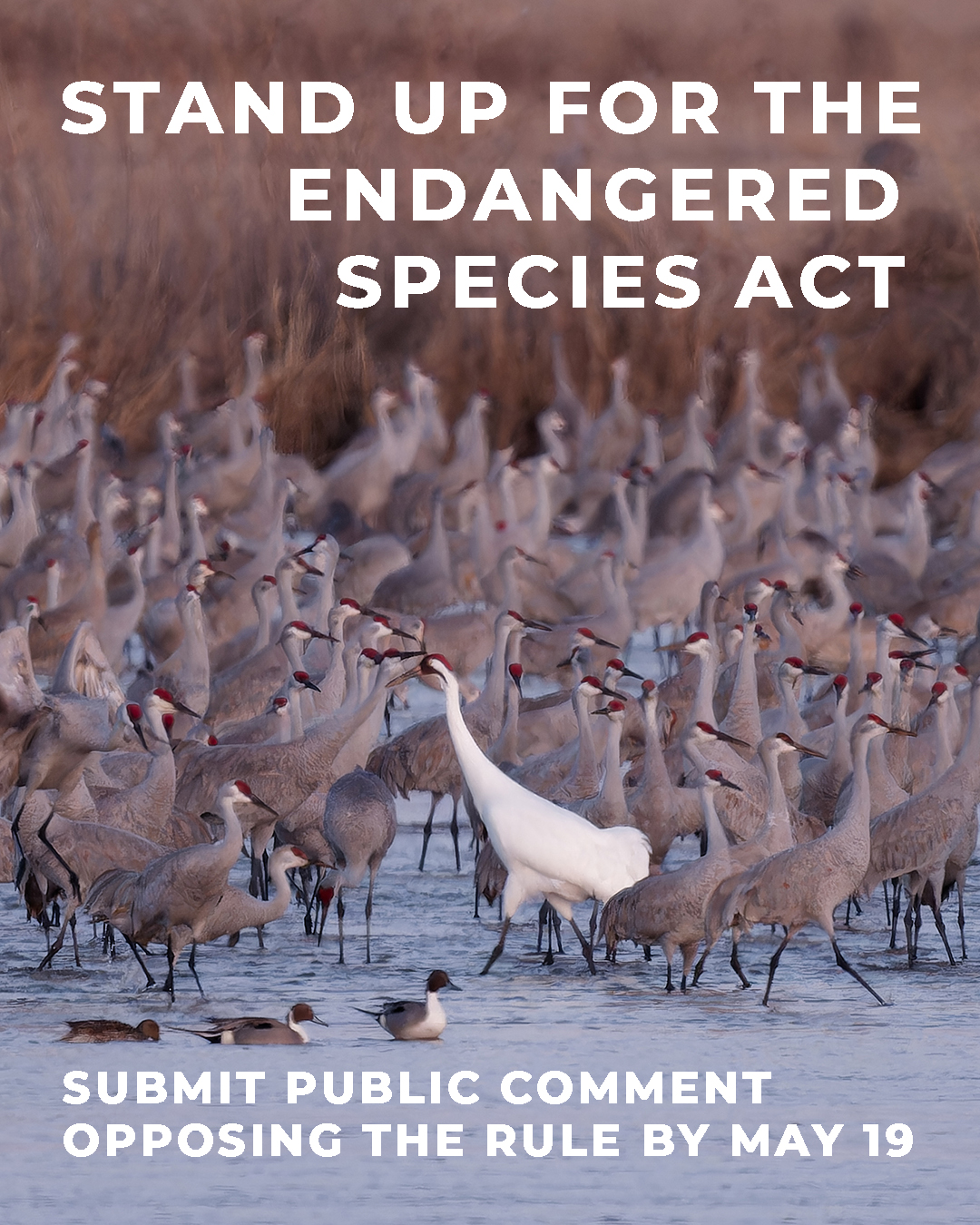- Understanding the Endangered Species Act’s significance and impact on conservation.
- Detailing the Trump Administration’s proposed rule change to the Act.
- Exploring the potential consequences for endangered species such as the Whooping Crane.
- Discussing the importance of public participation in conservation efforts.
- Providing ways to effectively engage and submit public comments against the weakening of the Act.
The Endangered Species Act (ESA), enacted in 1973, stands as a cornerstone of environmental conservation in the United States. Its primary goal is to prevent the extinction of imperiled plants and animals and to recover and maintain those populations by removing or lessening threats to their survival. Critical to this mission is the establishment of critical habitats, which are essential to the survival of listed species. Over the decades, the ESA has played a vital role in not only conserving biodiversity but also in fostering ecosystems that sustain both wildlife and human communities.
The Trump Administration’s recent proposal seeks to alter key provisions of the ESA in what many conservationists argue could undermine its effectiveness. One notable change would involve diluting the criteria used to decide when a species is considered "endangered" or "threatened." The proposed rule change could reduce protections for species newly determined to be threatened and complicate the creation of recovery plans that are vital for species revival. Experts in conservation have voiced concerns that such regulatory weakening could turn the clock back on decades of progress.
The Whooping Crane, a symbol of North American conservation efforts, exemplifies what is at stake. This majestic bird, which stands nearly five feet tall with a wingspan that extends to seven and a half feet, was once on the brink of extinction. Due to concerted conservation efforts facilitated by the ESA, its population has begun to recover. However, the species remains vulnerable, with only a few hundred individuals remaining in the wild. The critical habitats preserved under the ESA have been central to its survival. Allowing industry pressures or reduced federal oversight to impinge on these areas could spell disaster for this species and more like it.
Public participation is a cornerstone of democratic policy-making, particularly in environmental conservation. The ESA has long empowered citizens to voice their concerns and advocate for the planet’s welfare. Engaging in public discourse not only supports legislative bodies in crafting sound policies but also holds them accountable to the public they serve. By submitting comments on proposed regulatory changes, individuals can make their voices heard, ensuring that the importance of wildlife protection is recognized and prioritized.
To join the effort in safeguarding the ESA, citizens can take several practical steps. One effective method is submitting public comments opposing the proposed rule changes. Comments should be clear, concise, and backed by factual evidence, reflecting personal or observed experiences with wildlife and conservation areas. It’s crucial to convey the importance of maintaining strong protections for endangered species, drawing attention to how these changes would negatively impact biodiversity. Advocacy can extend beyond individual action: communities and organizations can rally to amplify their collective voice, coordinating efforts to demand policy decisions that reflect ecological responsibility.
Moreover, joining reputable conservation organizations or participating in Earth Day events and campaigns can fortify efforts to protect species at risk. These platforms provide resources, including sample comments and strategic advice, for more effective participation. By integrating technological tools such as social media, advocates can expand their reach, educating others on the significance of the ESA and mobilizing support for its preservation.
The Endangered Species Act has been instrumental in not only preventing the extinction of species but also preserving vital habitats. The proposed rule changes could jeopardize this legacy, threatening not just individual species but entire ecosystems. Through informed advocacy, public comment, and community engagement, citizens have a powerful role to play. Together, the public can stand in defense of the ESA, ensuring that conservation efforts are not diminished, but rather strengthened, for generations to come. This Earth Day, standing up for the Endangered Species Act is not only about protecting wildlife but about safeguarding the integrity of our natural world for the future.
*****
Source Description
🌎 Stand up for the Endangered Species Act this Earth Day—submit public comments opposing the rule by May 19! Follow our profile link to learn how you can help ➡️
Last week, the Trump Administration proposed a rule change that would profoundly weaken the Endangered Species Act, the most important law for protecting and conserving threatened plants and animals in our country. We believe this change would be catastrophic for Endangered Whooping Cranes, as well as countless other species, and their habitats.
📷 Dr. Tran Triet/International Crane Foundation


